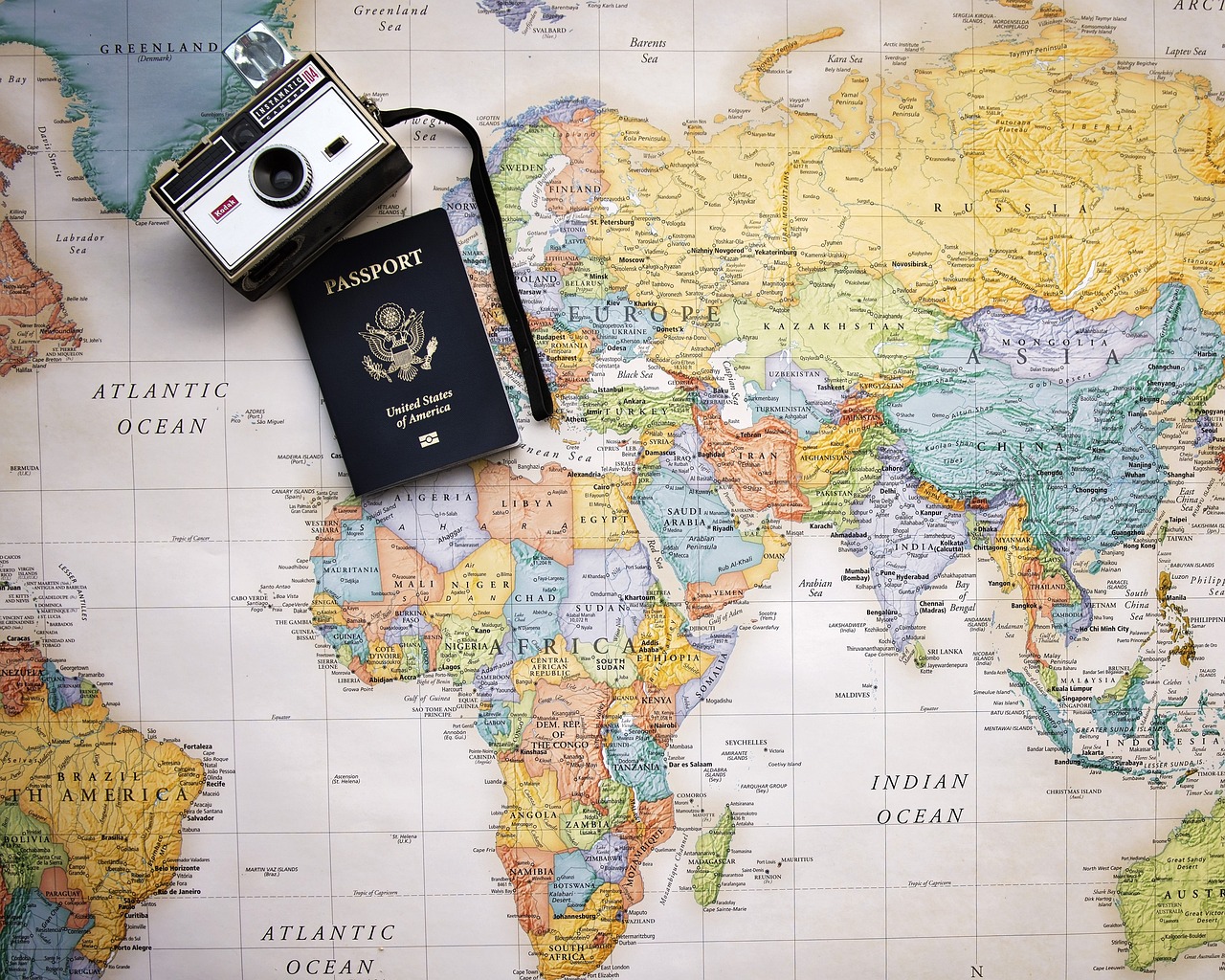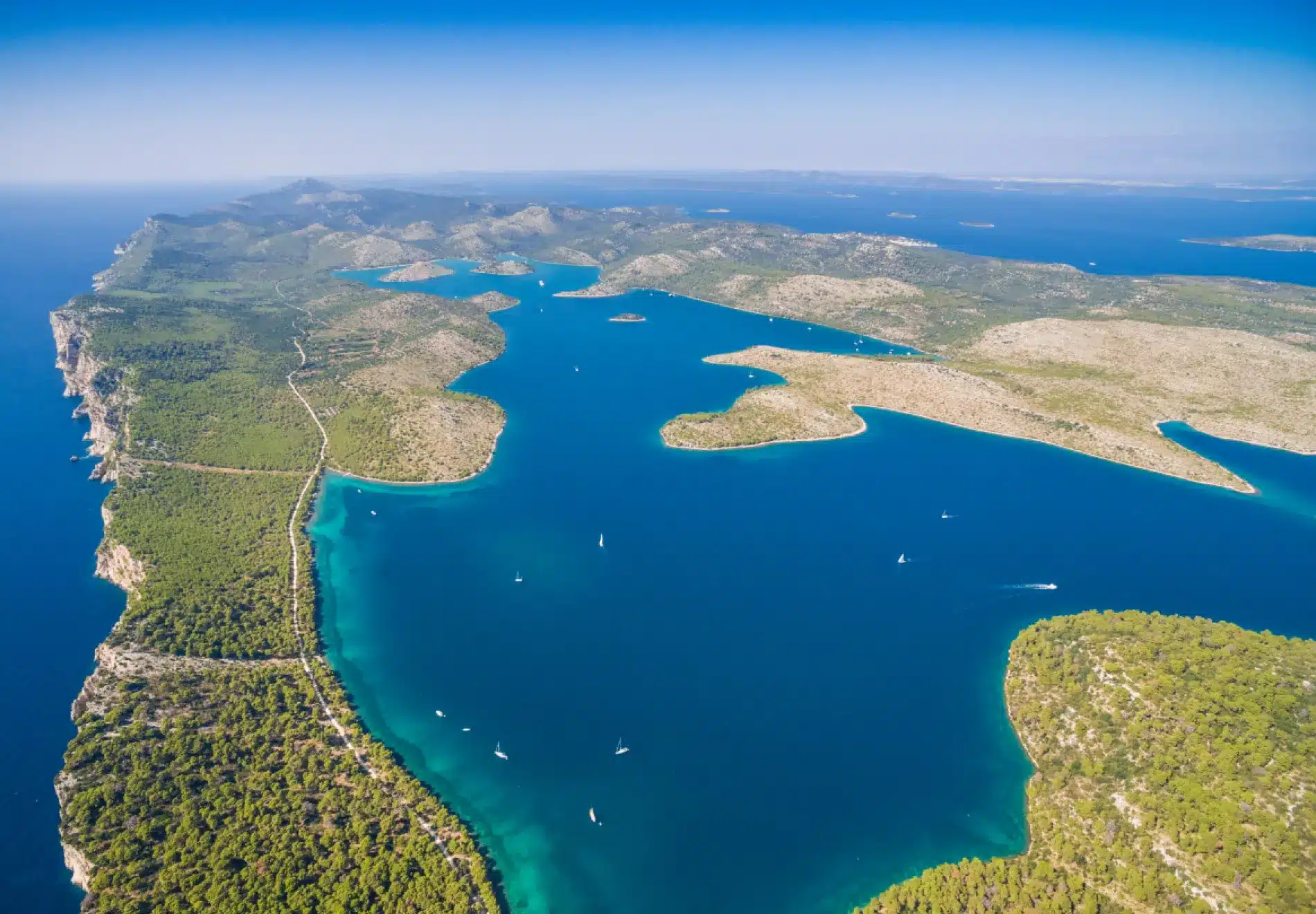Everyone belongs to a fascinating culture, everyone follows their own norms and values, everyone has their certain languages, and every soul belongs to a mysterious history that is not known worldwide. It’s such a great concern to know close to others’ culture and display yours to them, learn from each other. Doing this makes an individual originator and leads us to untied discoveries and breakthrough innovations. Let’s dive into the Wakhi culture of Pakistan in order to experience a community substitute to your own. Pakistan is the homeland of many diverse communities with keen traditions. The magnificent and fabulous mountains in the northern area of Pakistan occupy the Wakhi multitude also known as Khik or Pamiri. The community chiefly inhabits the upper Hunza valley also known as Gojal. Other areas where the Wakhi people have grounded in the Ishkoman and Broghill valleys of Gilgit Baltistan. Besides that, the Wakhi people are also residents of China, Afghanistan, and Tajikistan.
Lifestyle
The Wakhi in general follows a simple lifestyle. They are well known for their hospitality and affection. Mostly their life runs on agriculture but they are also eager in the touristy industries as the plod of tourism in the region is rising day after day, they bear their own business setups, they are highly comprehended in Educational fields and the technology domain as well. They are well-Civilized people and are upgrading day after day.
Language
Wakhi is the pristine language of the Wakhi community, the ancient language, and is the mingling of Indo-European languages belonging to the Pamir grade of languages. The Wakhi utterances are considered to be the endangered language close to Pakistan because it’s rarely spoken at exceptional places of the region by a miniature amount of volume in its original and pure form. People mostly take support from their national and international language generally English in order to complete their statements and to communicate with each other and this is the risk factor for these accents to be extinct. Likewise, Wakhi is only spoken but we don’t hold noteworthy more scripted proofs of it. The community is now working on it and wants to retain its language through poetry and songs in written forms.
Dress
Your outfit reflects your personality and the culture you hold. The Wakhi has a unique and beautiful dress that represents their identity all across the country and as well as entirely the globe. The most obvious element of Wakhi heritage is the colorful hand-crafted caps called sekeed in the native language. Generally, these caps are worn by senior women with a drape but the more fascinating thing is that brides wear these embroidered caps on the day of their weddings which symbolizes that the current generations are well cognizant of their ethical attire and they are playing a valuable function in the conservation of their culture. This performance is passed from one generation to another and this is how we had a noesis of our history. For men, the costume is merely a Shalwar Kameez with a waistcoat along with a woolen cap. For special occasions, these woolen caps are embellished with a plume’s feather and a long woolen topcoat with lovely ornamentation over it.
Wedding traditions
You will absolutely devour the Wakhi wedding ceremony as it is filled with merriment and revel at each step. The wedding consists of respective ceremonies and at first, all of the groom’s family along with the relatives are invited for a pre-wedding event known as pergvindak. The groom’s family is supposed to send gifts and garlands to the bride and her family on this day. The contiguous event is Betrasid where the guests eat unitedly with the families and this ceremony ends with prayers for the bespoken mate by the elders. The adjoining event is only celebrated at the bride’s place called shepurzuvuk this is the event where the bride has to affirm good goodbye to her family and relatives and she has to evacuate her own house the next day. The wedding day arrives afterward three days after the starting ceremony this day onward visiting the bride’s home a puny ceremony is celebrated known as the shoninivuizn when the groom left his house in order to arrive back along with the bride. Later that they visit the bride’s house and tie up the knot the alliance is then celebrated with a cultural dance by the people at the end.
Music
Music and dance had remained one of the astir popular exploits for the Wakhi people which is enjoyed aside from every cohort radical from tiny kids to the elder ones. They believe that music and dance are the most indispensable aspects of culture and they are well known for their cultural dance and music throughout the country. Wakhi folk music has been on the threshold of extension but after an immense effort by the community, they are dexterous in preserving it from vanishing. Assorted folk music schools were established till now which help promote Wakhi folk music. Both males and females are characters of these schools and they learn to play versatile traditional melodious instruments and which helps a lot to preserve this beautiful prospect of the Wakhi culture.
Festivals
Wakhi culture is intemperately influenced by the feeble Persian custom. There are diverse festivals renowned by the people of Wakhi with zeal and zest. One of the cultures that are expansively spread in Gilgit Baltistan is Nowruz (new day). This day symbolizes the arrival of the spring season in the region and it falls on the 21st of March every year .people combine and eat unitedly and celebrate the day collectively which shows the wholeness and brotherhood among them.
Are you enthusiastic to experience the Wakhi culture? Do you want to explore much more close to the Wakhi? Do you want to go through what it’s like to be a piece of a community other than yours? If yes then here you will obtain an absolute match to your desire to travel and explore the unknown with the Wakhi people and you will get much more apart from what I mentioned.
Must read;-
https://sworld.blog/baltit-fort-and-…l-hunza-valley-2/


